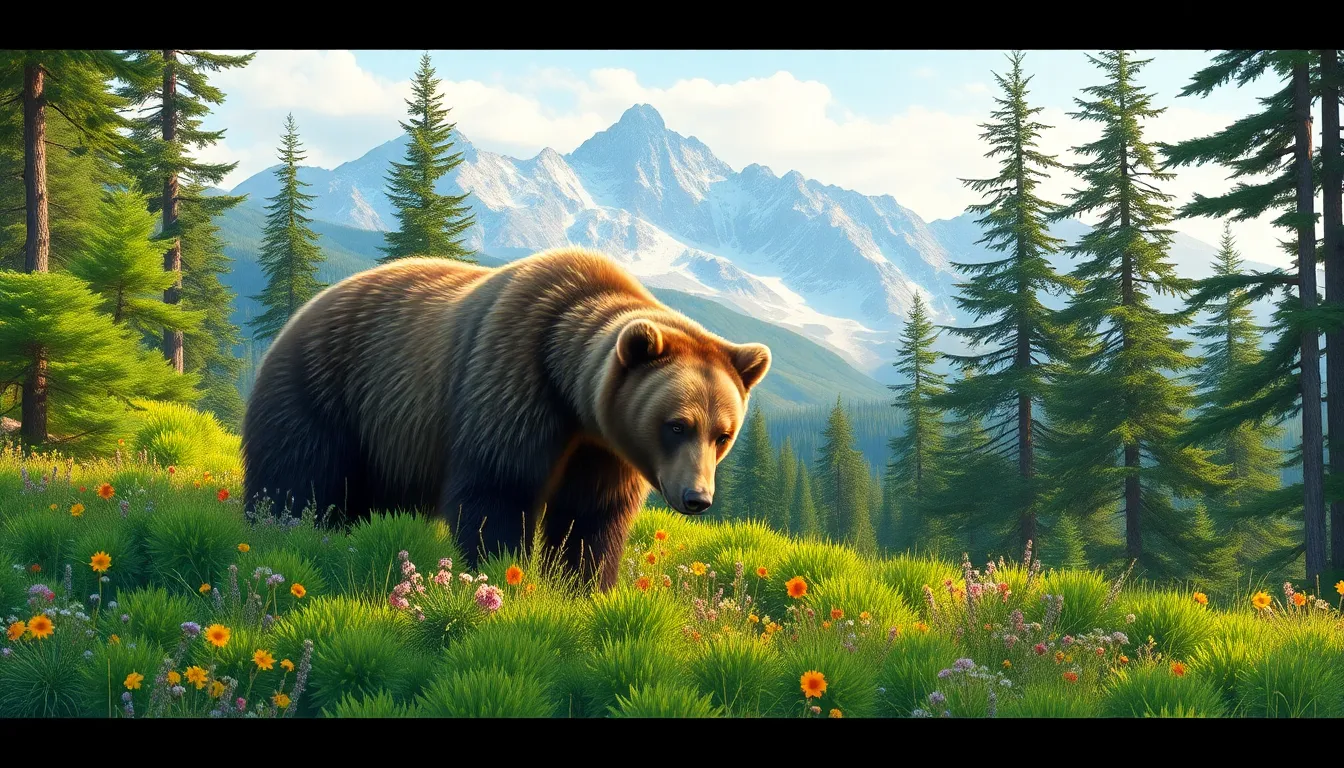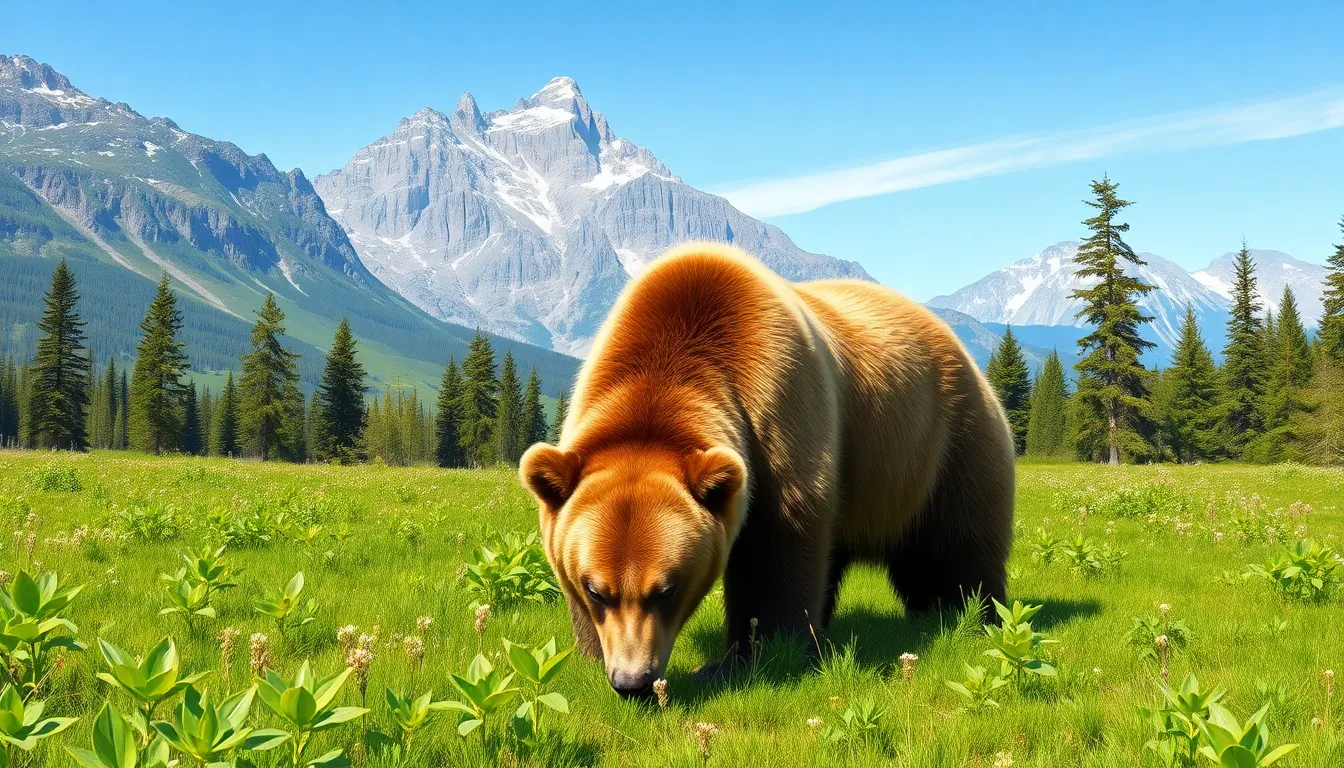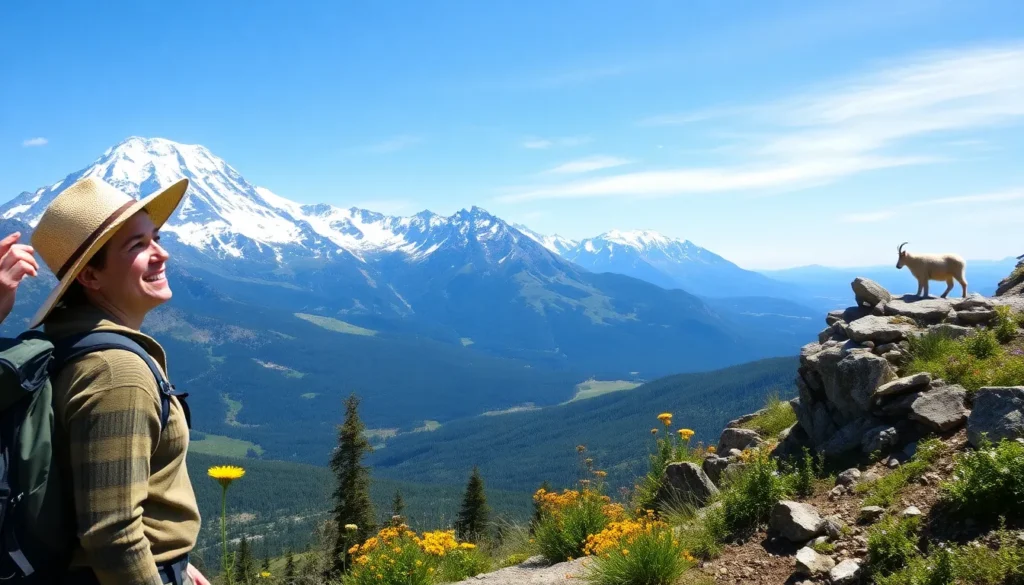Nestled in the rugged heart of Montana, Glacier National Park is a treasure trove of stunning landscapes and breathtaking wildlife. But it’s not just the majestic peaks and pristine lakes that keep visitors coming back; it’s the ever-evolving stories that unfold within its borders. From thrilling trail updates to climate changes that could reshape the park, there’s always something new to discover.
Recent Developments in Glacier National Park
Updates continue to emerge from Glacier National Park, reflecting changes in regulations and trail conditions. Current information highlights adjustments making the park accessible and sustainable for all visitors.New Park Regulations
In response to increasing visitor numbers, the park implemented new regulations aimed at preserving its natural resources. Restrictions on campfires in designated areas enhance wildlife protection. Additionally, increased fees for vehicle entry support funding for maintenance and conservation efforts. These regulations encourage responsible behaviors among visitors while maintaining the park’s ecological integrity.Trail and Road Updates
Recent trail assessments revealed necessary repairs to ensure safety for hikers. Conditions on the Hidden Lake Trail improved after significant erosion issues received attention. Furthermore, the Going-to-the-Sun Road opened earlier this year, featuring newly paved sections. These enhancements enhance accessibility and encourage exploration of the park’s stunning features.Wildlife Sightings and Conservation Efforts

Endangered Species Initiatives
Glacier National Park’s wildlife management team actively monitors several endangered species, including the Canadian lynx and the whitebark pine. Restoration projects focus on improving habitats impacted by climate change and invasive species. Collaborations with local organizations and researchers enhance data collection about species populations. In addition, community outreach programs educate visitors on the importance of these species and encourage responsible wildlife viewing practices. Implementing these conservation strategies helps maintain biodiversity, crucial for the park’s ecological balance.Recent Animal Sightings
Visitors recently reported exciting wildlife sightings throughout the park, including grizzly bears, mountain goats, and moose. Late summer offers prime conditions for viewing these magnificent animals as they forage for food before winter. The Hidden Lake Trail has become a popular location for spotting native birds, such as the blue grouse and the peregrine falcon. Sightings of wolves in remote areas highlight their critical role in the ecosystem as top predators. Documenting these encounters contributes to ongoing research and enhances the park’s wildlife database.Visitor Experience Enhancements
Recent upgrades at Glacier National Park enhance overall visitor experiences. New facilities and services address visitor comfort and accessibility.New Facilities and Services
Expanded visitor centers now feature interactive exhibits, offering insights into the park’s unique ecosystems. Restroom facilities improve access along popular trails, ensuring cleanliness and convenience. Adventure programs include guided hikes, educational workshops, and ranger-led tours, designed to enrich the outdoor experience. Additionally, new shuttle services help transport visitors to various sites, easing traffic congestion and minimizing impact on trails.Events and Programs
Seasonal events celebrate the park’s natural beauty and cultural heritage. Annual music festivals bring local artists together, promoting community engagement. Educational programs focus on topics like wildlife tracking and environmental stewardship, fostering appreciation for nature. Weekend ranger talks create opportunities for visitors to learn about the park’s ecosystems and conservation efforts. Wildlife photography workshops invite enthusiasts to capture stunning landscapes and fauna, engaging a wider audience in the park’s rich offerings.Environmental Changes and Research
Glacier National Park faces significant environmental changes due to climate impacts and ongoing research initiatives. These developments play a crucial role in conserving the park’s natural resources.Climate Change Impact
Climate change increasingly threatens Glacier National Park’s ecosystems. Rising temperatures and shifting precipitation patterns affect glaciers, leading to accelerated melting and altered water supply. Wildlife species like the Canadian lynx face habitat loss and dwindling prey, while whitebark pine trees struggle against invasive species. As these changes unfold, the National Park Service monitors ecological shifts to inform management strategies. Biodiversity is at risk, necessitating proactive measures to protect vulnerable species and their habitats.
Wildlife species like the Canadian lynx face habitat loss and dwindling prey, while whitebark pine trees struggle against invasive species. As these changes unfold, the National Park Service monitors ecological shifts to inform management strategies. Biodiversity is at risk, necessitating proactive measures to protect vulnerable species and their habitats.


